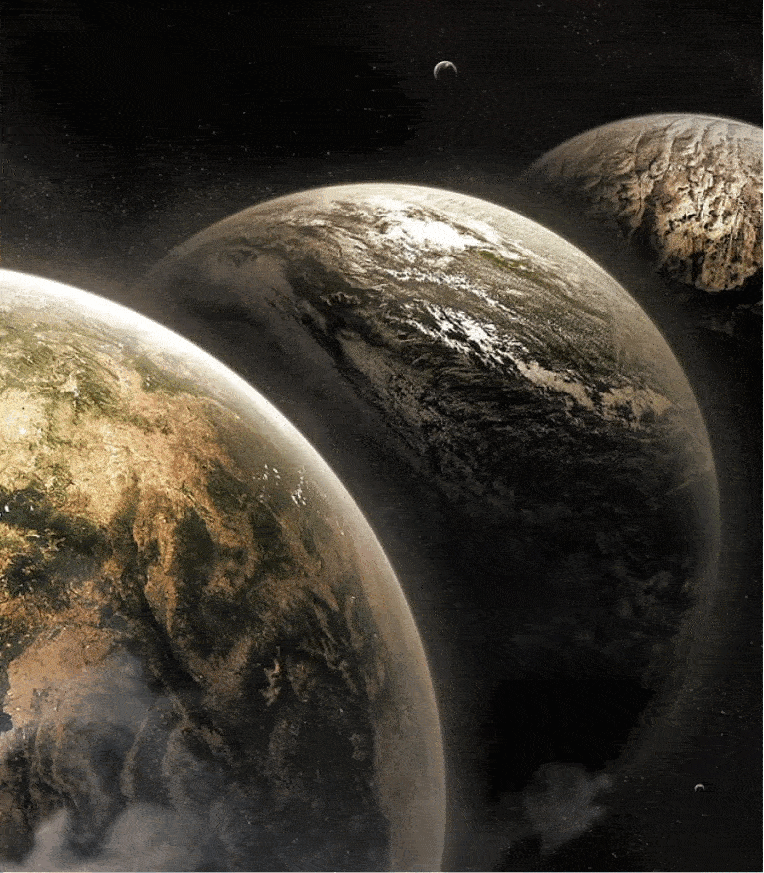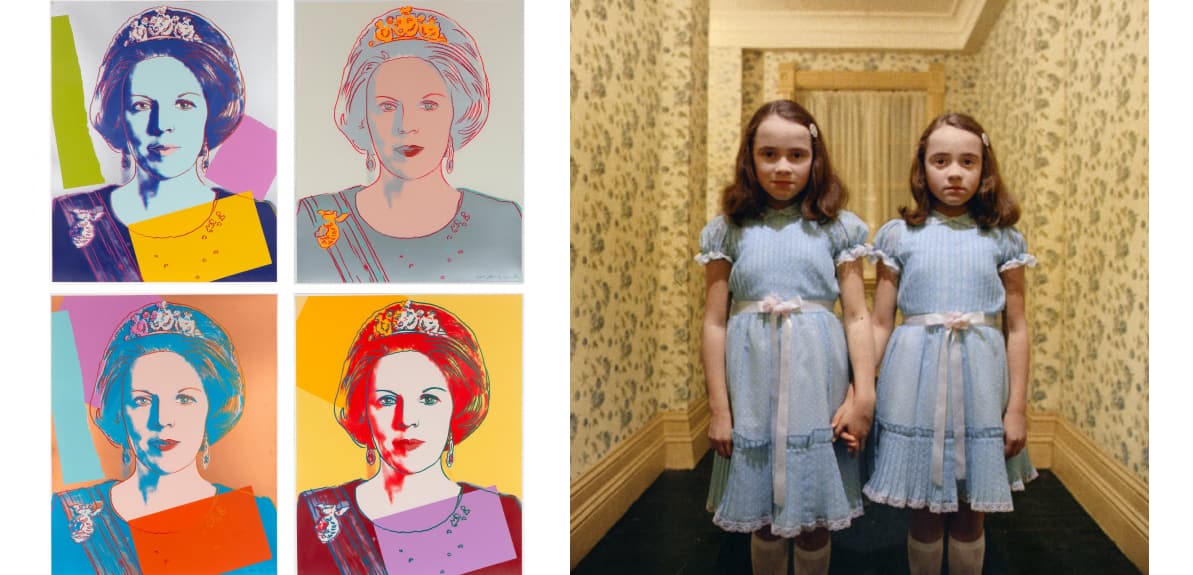Seven
Islands

We thrive by filling the gap between product and consumers.
We create strategies and aesthetics to create the sparkle that makes a product memorable.
The multimedia expo “From Rembrandt to Elon Musk” features a light show over seven islands plus a special expo on the first floor for Lieuwe van Gogh, where cosmology and modern masters of art & science are illuminated, and their ideas explained. Each island represents a rupture or break in time when art and science came very close together, and painters and scientists talked more with each other than they do today.
The first rupture or deep change took place in the 17th century. Suddenly, the exploration of the seas with Dutch sailing to China and the Americas broke boundaries from a geographical perspective. At the same time, the brain became a target to discover. Spinoza concentrated on grinding lenses to see more details. Rembrandt painted open skulls to see the inside. This discovery tour has not ended yet. Today, we go smaller and smaller to mini bits and particles, photons even, and in the brain, neurologists try to locate even smaller elements.
Huge discoveries were made about the origin of the universe with Einstein and by artists like Kandinsky and others who wanted to depict the “REAL” reality, not just fancy landscapes and girls near a pond.
They prepared the way for what is now slowly becoming visible and understandable: a very flexible world with many shifting identities. The islands show all these steps we have already taken, where science and artists anticipated the line from fixed and solid to extremely flexible and unstable—our present world.

Once one starts to see that certain discoveries in painting and science are not random, like repetition, both Diane Arbus and Andy Warhol were interested in simultaneously, the world becomes more interesting. Unusual connections can be made. We create the future and the past all the time by making new connections.

Many painters were obsessed with images that popped up out of the subconscious. Francis Bacon never knew what he wanted to paint. He let it happen, as he said, and wondered about the result. With Francis Bacon, we have already reached the fifth island or rupture which led to our present world, which is the digital world.
The seventh and last island will be completely dedicated to the holographic universe, as described by Stephen Hawking at the end of his life and Thomas Hertog. Getting a glimpse of what the holographic universe means is like standing with one foot in a universe where laws of nature are competing with each other.
In the holographic universe, there are no everlasting truths and no everlasting laws of nature anymore. Thomas Hertog speaks the text on this island as science and art meet again.

“Masters of Today: From Rembrandt to Elon Musk” is island hopping from the birth of our materialistic time in the 17th century to the digital age and beyond, which started recently and will be transformed heavily again. For Elon Musk, the future has already started as he prepares a first colony on Mars. The collective dreams and hopes for humanity will be, as ever, in the hands of the artists. We so desperately need to cope with all the changes to come.
The basis for this multimedia show is the concept that great painters and scientists do indeed discover new ideas and make great paintings, but they can only do this within a certain context to make their work relevant for other people. To showcase these seven contexts and make visible the connections between artists and scientists. A context is often more interesting than the work of one individual artist since it is the foundation and source of inspiration.
*The splendid digital renderings of the islands have been graciously crafted by Geoffrey Lillemon.

